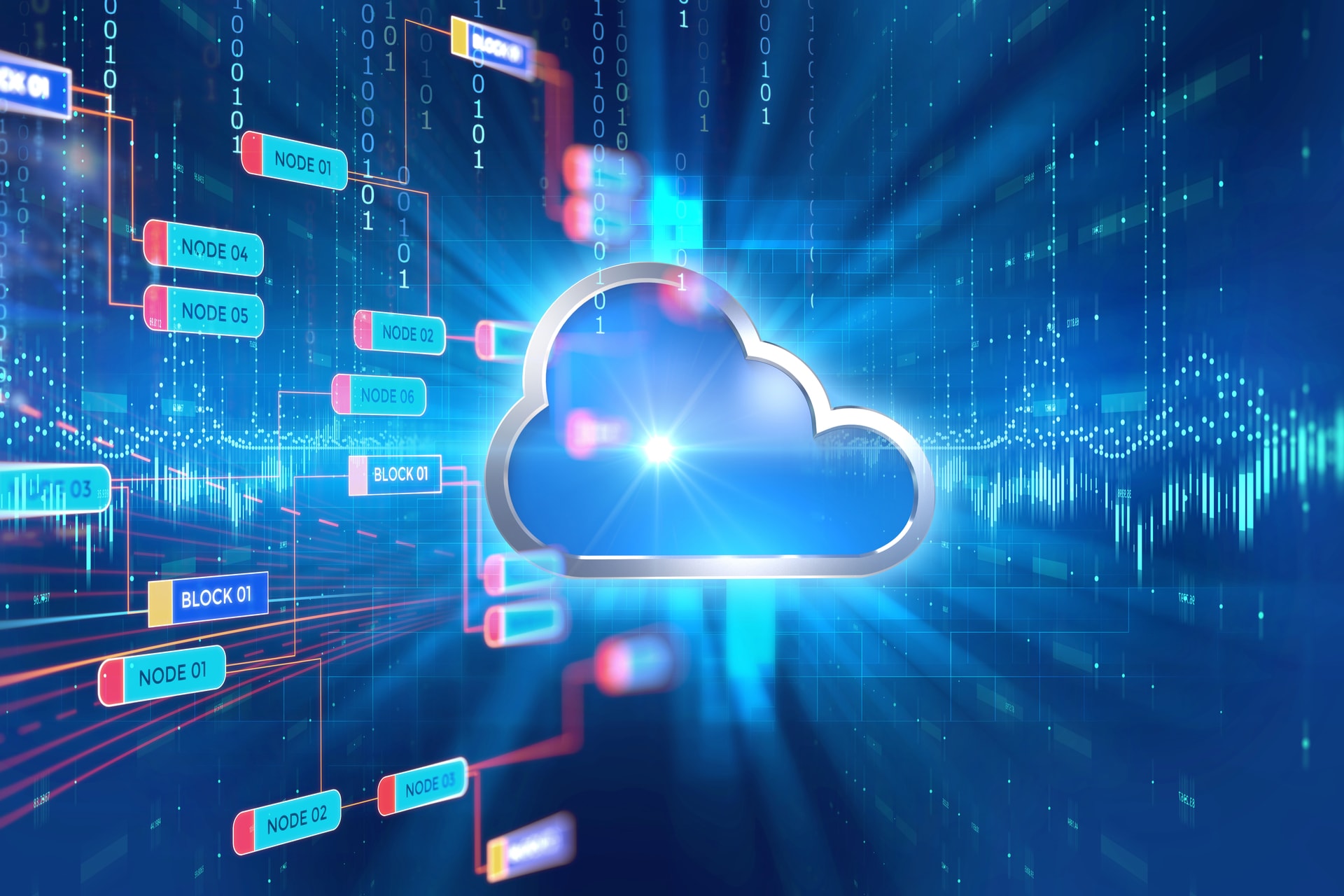
Cloud Computing has brought a significant change in the economic and financial models of the IT services. It has changed how organizations sell, buy and administer their business.
Cloud computing is the delivery of computing services. It includes servers, storage, networking, software applications, and more remotely which are used for storing and processing data. With Cloud computing, your customers need not install multiple software on their device. You provide access to their data wherever they are via the Internet using a web-based or a single software application.
Cloud services, provide software and hardware solution to other businesses. These services are divided into three models:
- SaaS
- PaaS
- IaaS
-
SaaS (Software as a Service)
SaaS providers install your software application on their cloud platform and make them available for your customers. These applications are often called web services. Users can access these software applications and services from anywhere using their computer that has internet access.
For example, Salesforce.com provides the CRM (Customer Relation Manager) on cloud infrastructure to its clients. It charges them for it, but the software is owned by the Salesforce company only.
-
PaaS (Platform as a Service)
In PaaS, the Cloud service provider offers the ability to deploy your own applications created using programming languages and other API tools. You get to choose the underlying the architecture including operating systems, database, networking etc. It is best suited for the software developers.
-
IaaS (Infrastructure as a Service)
With IaaS, the Cloud Provider offers the customer with virtual machines and other resources as a service. You get the maximum control over the resources using this cloud service. The cloud provider abstracts the user from the physical machine, location, data partitioning etc. You don’t have to worry about the hardware on which the OS is installed.
For example, Amazon Web Services (AWS) offers IaaS with AWS EC2.
After understanding the service models of cloud providers, we can understand how cloud provers charge you for using these services. There are various pricing schemes provided by the big boys in the cloud industry. Their motive is to attract as many clients as they can and earn maximum profit. Meanwhile, IT companies try to minimize their expenses and buy only the type and amount of computing services that they need.
Pricing Schemes in Cloud
The following pricing schemes provide greater details of how a cloud provider will charge you for using their software or hardware resources. They will help you in selecting the right cloud computing pricing model for your business.
Pay-As-You-Use/ Pay-As-You-Go:
With a pay-as-you-use model, you will be charged based on the usage and consumption of a service.
It allows a user to scale, customize and provision computing resources, including software, storage and development platforms. It is an elastic pricing structure which makes users aware of the cost of doing business and consuming a resource with which they can have efficient and selective usage. The major benefit of the pay-as-you-use method is that there are no wasted resources. Start-ups generally prefer this pricing scheme because they are unaware of the demand in the beginning.
Example:
- Amazon Web Services’ Elastic Compute Cloud
- (EC2), charges users on:
- Hourly for using the RAM, CPU
- Per transferred GB basis
- Microsoft Azure charges users on an hourly basis for processing power and on per GB for storage
Subscription Pricing:
With subscription-based pricing, a cloud provider offers fixed recurring pricing on a monthly basis.
As a customer, you need to pay upfront, prior to receiving access to cloud services. Though a longer subscription often translates to a lower cost, however, a subscription-based model can cause customers to overpay for services. If you don’t utilize the computing resources that you are paying for, this pricing model is not suitable for you.
For example:
- Dropbox cloud storage charges $9.99 / month for 1TB
- Google / App Engine
- Charges on monthly basis
- Charge per user basis
- Pricing on hourly basis
Hybrid Pricing:
Hybrid pricing combines pay-per-use and subscription-based pricing. This pricing model is most suitable for businesses that get regular monthly visitors. With this mode, you can leave some room of resources for your application to grow upon necessity.
For example:
Google App Engine charges you on a monthly basis for a fixed amount of resources but if the limit exceeds, then you are charged on per GB and processing power on an hourly basis.
Dynamic Pricing:
The price is calculated based on certain criteria whenever there is a request. Price of the resources are determined according to demand and supply. When computing and storage resources are in high demand, the cloud provider will price the services higher. Conversely, if the resources are in low demand, the cloud provider will charge you less, offering opportunities for bargain hunters.
For example:
- Amazon Web Services introduced a spot-pricing model for its EC2 services
Companies are already struggling in devising a cost-efficient strategy in a market where demand for resources is growing each day. To find an optimal solution with which you can minimize the operational costs incurred in using a cloud platform, you need to do your homework well. The different pricing schemes highlighted here, provide enterprises with the ability to mix and match the best price for them.
Contact us today to learn about Bleuwire™ services and solutions in how we can help your business.





